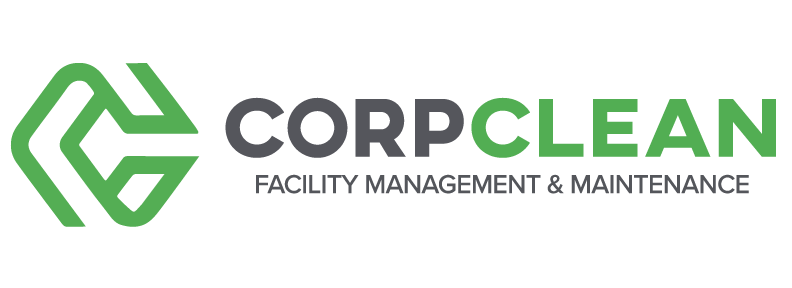Cleaning for Health and Appearance: Why You Should Strive for Both
You’ve heard the phrase, “Looks can be deceiving.” While surfaces and spaces may appear clean visually, cleaning for appearance does not address the underlying issues that impact the overall well-being of employees, customers, and facilities alike.
While the pandemic brought along many problems, it also showed us that traditional cleaning methods are no longer enough; but don’t throw out your supplies just yet. Instead, re-think your current approach towards cleanliness by not just cleaning for appearance, but also cleaning for health.
While these two methods have different end goals, using them together offers a comprehensive approach to maintaining a professional environment that promotes safety, employee and customer well-being, and a positive image.
Cleaning for appearance involves organizing and tidying up, along with surface cleaning until the space looks visually appealing. Tasks such as dusting, vacuuming, arranging items, and wiping down surfaces are all examples of this style of cleaning. The primary goal of appearance cleaning is to remove dust, dirt, and impurities from surfaces.
Cleaning for health looks beyond the surface and prioritizes killing and removing germs, viruses, allergens, and contaminants in an environment for the overall safety and well-being of the building’s occupants. According to Dr. Charles Gerba, a microbiologist at the University of Arizona, office workstations can support up to 10 million bacteria, 400 times more germs than the average toilet seat. While this statement may sound surprising, it is important to remember that employees spend nearly 6 hours of their workday at their workstations and return to this space after visiting restrooms and break rooms, interacting with, and cross-contaminating frequently touched surfaces along the way. Look for products that are EPA-certified, or green products that are easier on surfaces and the user.
A technology that is becoming more widely used is electrostatic disinfectant spraying. This process eliminates 99.99% of germs and bacteria, is fragrance-free, EPA-approved, non-corrosive, and is effective against the coronavirus. More information on this technology can be found here.
We have established cleaning for appearance and health is the most effective way to clean going forward, but what does that process look like?
1. Pre-clean. Start with visually inspecting the facility, decluttering, putting things back where they belong, and sweeping up any dirt and debris.
2. The appearance clean: tasks like dusting, vacuuming, emptying trash, wiping down surfaces, and clearing them of any dirt.
3. The clean for health, starting with rooms and objects with high priority such as keyboards, light switches, doorknobs, and bathroom fixtures including sinks, handles, trash bins, and faucets. It is important to note that sanitizing is not intended to kill viruses, disinfecting is. When cleaning, start from the top and work your way down, as this prevents dirt and dust from falling on places you have already cleaned. This step also includes tasks such as deep cleaning carpets, replacing HVAC filters, and washing windows. A thorough cleaning regimen should include surface cleaning, as well as sanitizing and disinfecting.
4. Restock products and inspect the area for any missed spots.
With consumers and employees putting more focus on cleanliness and hygiene, it is important to understand that both methods of cleaning play a crucial role in the reduction of airborne pathogens and the spread of germs and that cleaning is not a one-time solution. A professional cleaning service has the knowledge and equipment to ensure your facility is giving off a positive impression to its visitors, while also offering employees a healthy, efficient, and productive workplace.
Let CorpClean handle your commercial cleaning needs. We offer customized cleaning schedules that meet your facility’s specific needs, which can be performed during or after business hours. Contact us today.
Cleaning for health looks beyond the surface and prioritizes killing and removing germs, viruses, allergens, and contaminants in an environment for the overall safety and well-being of the building’s occupants.

